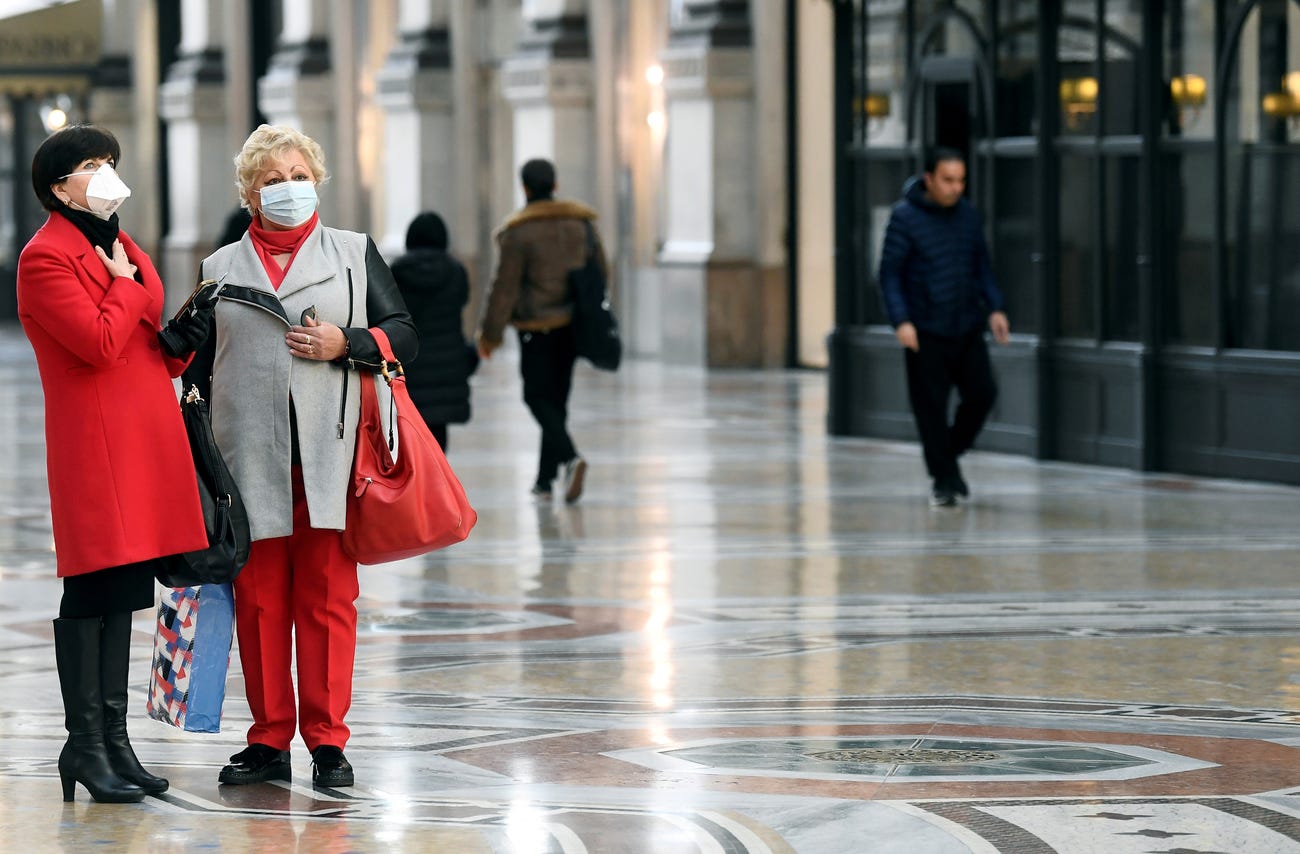Different types of face masks, and who should wear them during the coronavirus
Not all masks are created equal, though: Face masks like the N95 help contain virus particles from people with symptoms who must go out in public, and help keep health workers safe from contracting the virus through particles released by mucus and cough sputum when they are around infected individuals. More expensive full-face respirators should be reserved for people who have trouble breathing in regular masks, or healthcare workers whose facial hair prevents an N95 mask from sealing correctly.
- Washing your hands thoroughly with soap and water, or using an alcohol-based hand sanitizer.
- Properly covering your nose and mouth with a tissue or your sleeve when you cough and sneeze.
- Staying home from school or work if you’re not feeling well, whether you think you have something extremely contagious or not. Wear a mask if you are sick.
- Disinfect surfaces that are frequently touched, like doorknobs and handles.
- Avoiding close contact with people who are sick.
- Avoid touching your face to prevent the spread of viruses from your hands.
- Follow travel guidelines from the CDC.
 https://alidropship.com/?via=12499
https://alidropship.com/?via=12499





Most people don’t know how to properly wear a mask in the first place. One study conducted in New Orleans after Hurricane Katrina found that less than one in four N95 wearers (24%) were using their mask correctly.
“Common mistakes included the (metal) clip not being pressed or tightened against the contours of the user’s face, straps incorrectly placed, and putting the respirator on upside down,” according to the Centers for Disease Control and Prevention.
https://www.businessinsider.com/types-of-masks-used-for-coronavirus-outbreak-n95-surgical-2020-3






Leave A Comment
You must be logged in to post a comment.